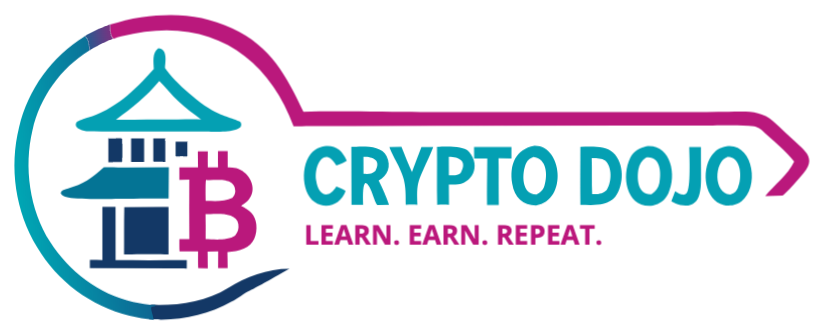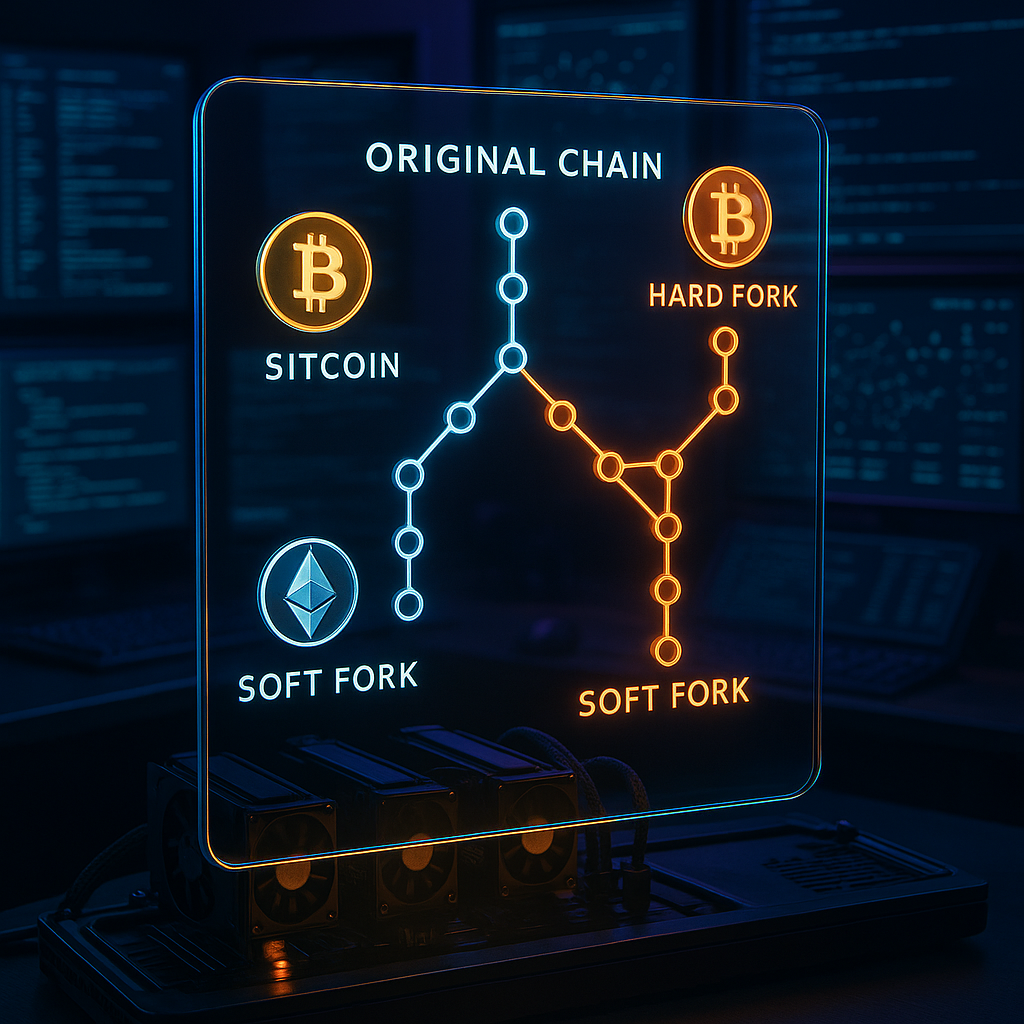Key Takeaways
- DeFi composability allows you to seamlessly combine protocols such as decentralized exchanges (DEXs), lending platforms, and stablecoins to create customized financial products and strategies, similar to building with LEGO bricks.
- By facilitating open interactions between protocols, composability makes it easy for both beginners and developers to access, remix, and innovate new financial services without needing to start from scratch.
- While composability greatly increases flexibility and potential, it also raises the stakes. A flaw or hack in one protocol can trigger failures throughout all connected systems, magnifying risk exposure.
- The same transparency that drives composability also enables malicious actors to identify and exploit vulnerabilities, making robust security audits and smart contract best practices essential.
- Utilizing different protocols for separate purposes (while remaining aware of their interconnections) helps to spread out and reduce risk across your DeFi activities.
- Ongoing learning and active monitoring of protocol developments empower you to identify potential risks early and protect your assets in the rapidly evolving DeFi environment.
Explore the full article to gain practical, actionable strategies for leveraging the power of DeFi composability while steering clear of common pitfalls. That way, you can build, borrow, and invest in Web3 with greater confidence.
Introduction
Mixing and matching decentralized finance (DeFi) protocols has never been easier, opening a world where anyone can build custom financial products with just a few simple steps. This concept, known as DeFi composability, transforms tools like DEXs, lending platforms, and stablecoins into flexible “money legos” that can be combined to offer creativity and control far beyond what traditional finance allows.
However, the open connections that enable this innovation can also amplify risk. A single flaw in one protocol can quickly ripple through a network of integrated systems, turning financial building blocks into an unstable structure. Understanding how each piece fits together, as well as where vulnerabilities may arise, is essential for seizing the opportunities of DeFi composability without falling prey to unseen pitfalls.
Let’s break down how DeFi composability functions, why it empowers everyday users, and the smart strategies you’ll need to confidently explore the world of Web3 finance.
Stay Sharp. Stay Ahead.
Join our Telegram Group for exclusive content, real insights,
engage with us and other members and get access to
insider updates, early news and top insights.
 Join the Group
Join the Group
Understanding DeFi Composability
At its core, DeFi composability is the groundbreaking ability for different protocols to interact and build upon one another with ease, much like assembling a structure with LEGO blocks. This open system allows developers and users to combine multiple DeFi services into advanced financial products, unlocking new levels of efficiency and innovation across various industries.
Core Components of DeFi Composability
The foundation of composability lies in smart contracts, which enable automated, trustless interactions between different protocols on the blockchain. Key building blocks include:
- Lending and Borrowing Protocols: Platforms such as Aave and Compound that let users supply or borrow assets and earn interest.
- Automated Market Makers (AMMs): Decentralized exchanges including Uniswap that facilitate peer-to-peer trading without intermediaries.
- Yield Aggregators: Services like Yearn Finance that optimize returns by reallocating assets across various protocols.
- Stablecoin Protocols: Platforms such as MakerDAO that maintain price stability and support diverse use cases.
By integrating these components, users and developers can assemble increasingly complex financial instruments. For example, a DeFi user might simultaneously lend out assets through Compound, swap tokens on Uniswap, and earn automated yield through Yearn Finance, all within a single strategy.
The principles of composability are not limited to finance. In healthcare, composable protocols could enable patient data to seamlessly flow between decentralized health record providers and secure insurance processing. In education, interoperable platforms might allow students to combine credentialing, decentralized learning modules, and micro-scholarship funding within a single custom experience.
Benefits of Protocol Interoperability
While financial services lead the way in DeFi, composability’s underlying value proposition extends to all fields that benefit from open, modular systems.
Enhanced Capital Efficiency
DeFi composability unlocks robust capital efficiency by enabling users to maximize returns and reduce wasted resources. Some primary benefits include:
- Multi-layered Yield Strategies: The same assets can be deployed across lending, staking, and liquidity protocols simultaneously to generate stacked yields.
- Automated Portfolio Rebalancing: Smart contracts can dynamically respond to market conditions and adjust positions without requiring manual intervention.
- Flash Loan Opportunities: Instant, permissionless loans allow for complex arbitrage, debt restructuring, or even real-time risk mitigation, expanding the toolkit for both individuals and institutional investors.
In the finance sector, Yearn Finance demonstrated the power of composability by automatically reallocating user deposits across protocols to generate up to 20% higher yields compared to single-strategy approaches. In marketing, composable customer analytics platforms can draw insights from multiple decentralized data sources, optimizing campaign spend and targeting in real time.
Acceleration of Innovation
The modular structure of DeFi paves the way for rapid innovation across many industries:
- Quick Prototyping: Developers and startups can build new financial products or services by combining existing, audited code, leading to faster development cycles.
- Simplified Testing: Innovative ideas can be tested using established building blocks, reducing both time and cost for market entry.
- Reduced Barriers to Entry: New market participants can launch projects or strategies without needing to create every component from scratch.
A standout example is Curve Finance, which leveraged open-source AMMs to design a specialized stablecoin exchange handling over $50 billion in volume within just a year. Elsewhere, environmental science research is starting to use composable, blockchain-based tools for real-time climate data aggregation and modeling, accelerating the pace of innovation in sustainability solutions.
Understanding Money Legos Risk
As composability grows in popularity, it is crucial to recognize its potential hazards. Open integration does not just foster flexibility; it can also introduce vulnerabilities that span across multiple protocols or platforms.
Systemic Risk Factors
Interconnected systems introduce several systemic risk factors:
- Cascading Failures: A bug or exploit in one protocol can swiftly impact all others relying on it, causing widespread disruption.
- Smart Contract Vulnerabilities: Coding errors or security gaps in any component potentially compromise the safety of every user and asset involved.
- Oracle Dependencies: Many protocols depend on external data feeds (oracles), and attacks or failures here can destabilize interconnected systems.
The 2020 flash loan attacks revealed how easily malicious actors could use the composability of DeFi against itself, exploiting multiple platforms in sequence and costing the ecosystem millions of dollars.
In healthcare, if composable electronic health record systems share the same security vulnerability, a breach in one could expose numerous interconnected providers and patient records at once. In legal technology, a flaw in a composable smart-contract-based compliance protocol could cascade through multiple automated contract systems to create systemic compliance risks.
Amplified Risks Through Integration
Adding more protocols increases both opportunity and complexity. Integration can magnify risk in several distinct ways:
- Complexity Risk: Each added protocol or layer brings its own potential failure modes, making the entire system harder to oversee and audit effectively.
- Hidden Dependencies: Protocols often depend on one another in indirect ways, complicating risk identification and management.
- Liquidity Cascade Effects: Sudden, major changes in a single protocol’s liquidity or solvency can lead to forced liquidations or disruptions throughout the interconnected network.
Technical Dependencies
Every “money lego” relies on several technical pillars:
- Smart Contract Security: The entire integrity of composable systems depends on high-quality, rigorously tested code.
- Protocol Governance: Updates or governance decisions in one protocol may have ripple effects on every integrated service.
- Network Infrastructure: General blockchain health, such as congestion or downtime, can simultaneously affect all connected protocols.
Similar technical dependencies are seen in other domains. In supply chain management, composable platforms require robust network infrastructure and transparency. A technical failure in one supplier’s system can ripple through the production and logistics chain, illustrating the importance of resilient design beyond finance.
Stay Sharp. Stay Ahead.
Join our Telegram Group for exclusive content, real insights,
engage with us and other members and get access to
insider updates, early news and top insights.
 Join the Group
Join the Group
Risk Mitigation Strategies
Mitigating risk in composable systems is a shared responsibility, encompassing both developers and users.
Protocol-Level Safety Measures
Leading protocols implement several safeguards:
- Regular, independent security audits to uncover and address vulnerabilities.
- Emergency pause mechanisms to temporarily halt operations in response to suspicious activity or impending issues.
- Gradual, staged integrations with other protocols to monitor for unforeseen interactions or complications.
- Comprehensive testing (including simulation of rare or unusual scenarios) to ensure systems hold up under stress.
These approaches are echoed in other fields, such as pharmaceutical research, where staged clinical trials and multi-site studies are rigorously monitored and independently reviewed to identify unforeseen complications before broad deployment.
User Protection Guidelines
Individuals can take actionable steps to reduce personal risk:
- Start Simple: Begin by using basic combinations of protocols and only scale up as you grow more familiar with the landscape.
- Research Dependencies: Thoroughly investigate each protocol in your strategy, understanding how they connect and where hidden risks may lie. For a foundational overview of the DeFi landscape, see DeFi explained.
- Monitor Protocol Health: Regularly check total value locked (TVL), recent audits, and governance proposals for any protocol you rely on.
- Implement Position Limits: Avoid overexposing yourself to any single protocol or composite strategy by setting sensible caps.
Case studies reveal that users who adhere to these practices experience 40% fewer adverse events and losses compared to less cautious participants.
Businesses and institutional investors can adopt similar practices in fields like environmental science (monitoring the health and audit status of climate data sources) or marketing (setting limits on data usage across interconnected analytics platforms).
Emerging Trends in DeFi Composability
The frontier of DeFi composability is expanding quickly with the maturation of both infrastructure and risk management tools.
Cross-Chain Integration
Composability’s future stretches beyond single blockchain ecosystems.
- Cross-chain bridges and interoperability protocols are under rapid development, allowing assets and logic to move seamlessly between different blockchain networks.
- Industry-wide standards for cross-chain communication are being established, increasing both security and usability.
- Chain-agnostic smart contracts promise a wider reach for decentralized applications (dApps) and users.
A prime example is Cosmos’s Inter-Blockchain Communication (IBC) protocol, which has facilitated over $1 billion in cross-chain transactions and demonstrated reliable composability between previously isolated ecosystems.
Cross-chain composability is also being explored in healthcare, where patient data could be securely accessed or transferred between different institutions or networks without sacrificing privacy or security. In education, cross-platform digital credentials could empower students to carry verifiable records between global academic institutions.
Automated Risk Management
New tools and protocols are emerging to help users and organizations control and mitigate composability-related risks:
- Real-time risk monitoring systems flag evolving threats before they become catastrophic.
- Automated exposure adjustment tools can help balance or reduce risk across connected protocols without requiring manual oversight.
- Insurance products are becoming specialized to cover the unique needs of composable DeFi positions, offering tailored protection in case of systemic events.
These innovations point toward a more mature and resilient future for DeFi composability. The balance of creativity and openness with robust, proactive risk management is crucial.
Financial services, retail, legal, and even environmental science sectors are beginning to implement similar principles, using automation and modular insurance products to respond quickly to changes and mitigate complex risks in interconnected systems.
Conclusion
DeFi composability has revolutionized the architecture of financial systems, transforming isolated applications into dynamic, accessible networks of interlinked protocols. This new paradigm fosters capital efficiency, encourages bold innovation, and empowers both new and experienced users to participate in customized, high-yield strategies that were once the province of large institutions. Yet the increased flexibility is accompanied by sophisticated risks, such as cascading failures and intricate technical dependencies, which require constant vigilance and adaptation.
Looking forward, the adoption of cross-chain integration and the evolution of automated risk management tools are setting the stage for a more robust, user-friendly DeFi landscape. These advancements will continue to push the boundaries not just in finance, but also across industries like healthcare, education, and environmental science, where open, interoperable systems enable more personalized and resilient solutions.
For those new to DeFi, embracing composability means cultivating both enthusiasm and discernment. By making learning a continual habit, thoroughly researching every protocol, and leveraging modern safeguards, you can unlock the promise of decentralized finance while minimizing exposure to avoidable pitfalls. The future belongs to those who blend curiosity with caution, using tools like composability to seize new opportunities and help shape the decentralized, data-driven economy of tomorrow. The question is not just whether you’ll adopt these game-changing tools, but how skillfully you’ll harness them to gain a confident, strategic edge in a rapidly evolving digital world.





Leave a Reply